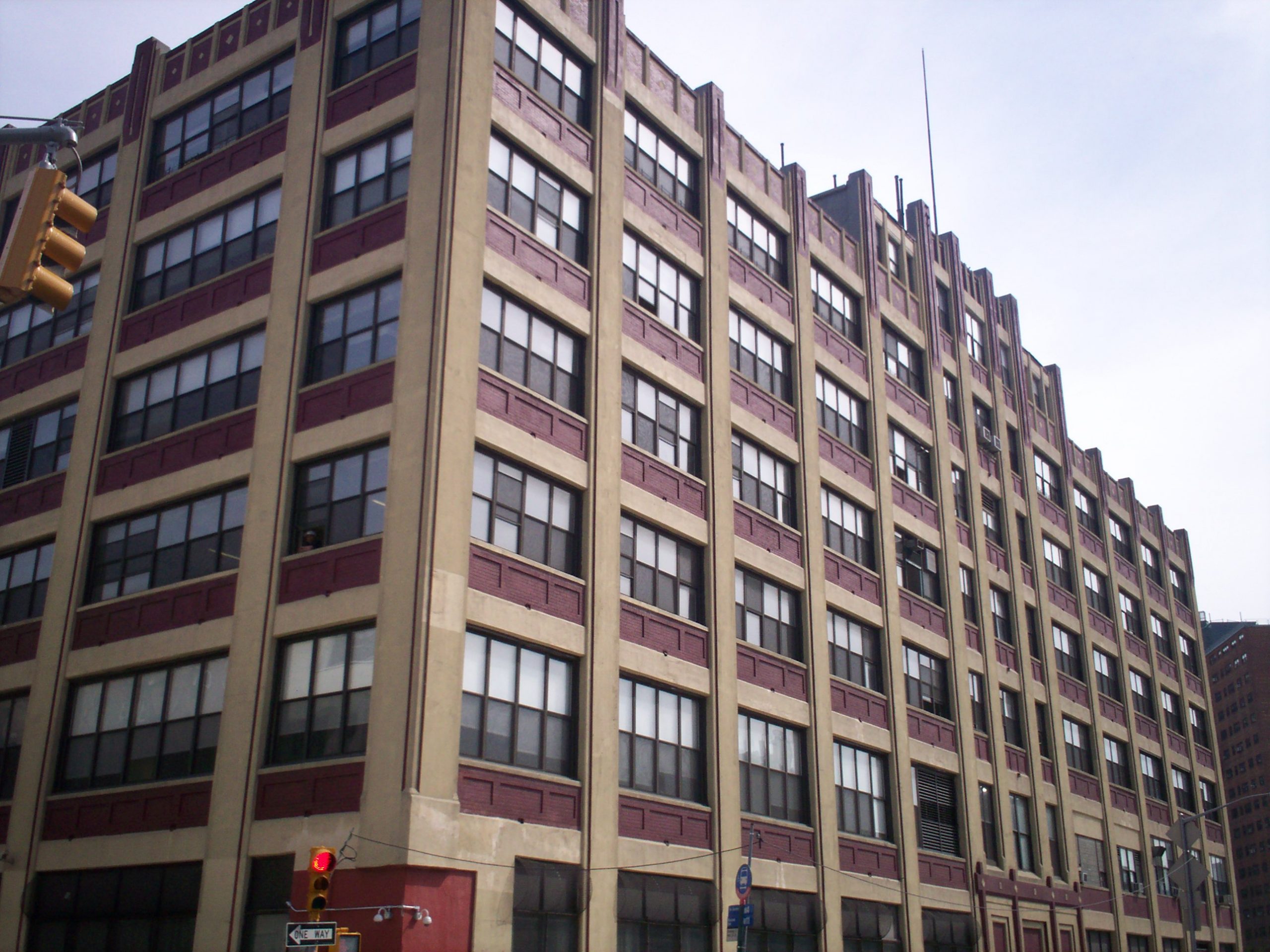Located at 3280 Broadway, the Nash Garage Building was originally an automobile dealership which was purchased by Columbia University and converted into a pilot plant to create the barrier material for Oak Ridge, TN’s K-25 gaseous diffusion plant.
While the theory surrounding this process was relatively simple, producing a functional barrier was another matter. The Uranium-rich gas used to separate the U-235 isotope from its more common but less useful cousin (U-238) was highly corrosive, so the barrier material had to be tough as well as porous. Initially, research went forward on a method developed by two Colombia physicists, Edward Adler and Edward Norris, that used corrosion-resistant nickel. Later, though, an improved method using powdered nickel was developed by a scientist named Charles Johnson, who worked for the Kellex Corporation, a subsidiary of a chemical engineering firm that was working closely with the U.S. government and Columbia at the time.
The teams working on the Norris-Adler and Kellex-Johnson methods worked feverishly to refine their techniques in time to be used in the production facility being constructed in Decatur, IL. In the Nash Garage Building, the teams built a pilot plant in order to determine whether their designs would function on an industrial scale. Eventually, General Groves decided to go with the Kellex-Johnson process. Half-installed Norris-Adler equipment was pulled from the Decatur plant and replaced with the newer method’s apparatus.
The Nash Garage Building represents an early example of the alliance between government, academia, and private industry that would come to characterize the Manhattan Project.




